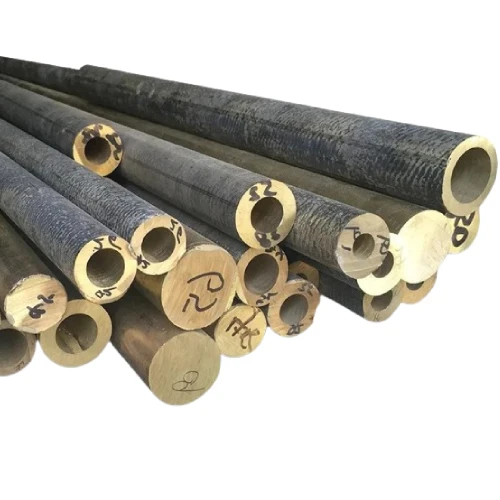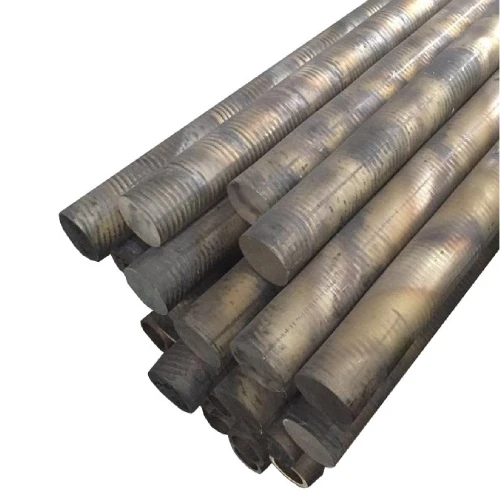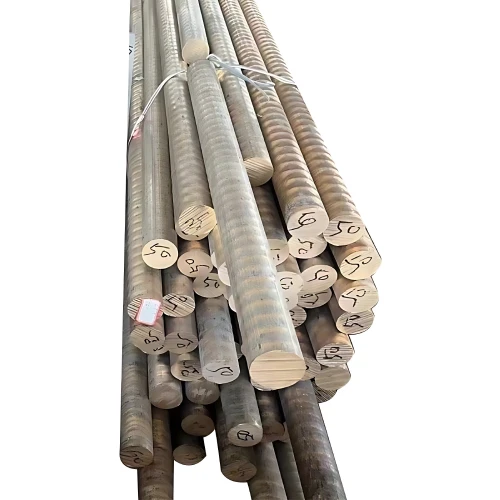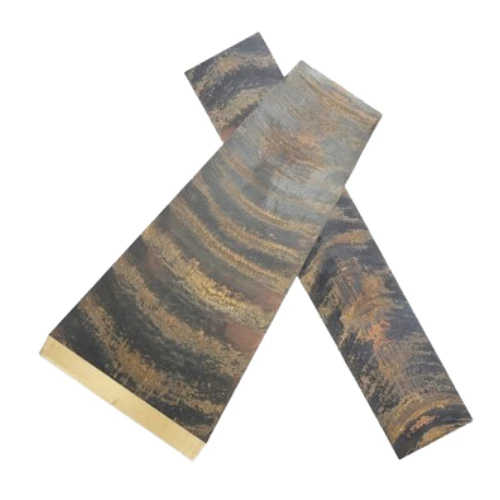C95700: Aluminum Bronze for Strength, Castability, and Aesthetics
C95700 is a copper alloy belonging to the cast aluminum bronze family. It's known for its good balance
of strength, castability, and a pleasing golden color. Here's a breakdown of its key aspects:
Table: Key Properties of C95700
| Property |
Description |
| Chemical Composition |
- Primarily Copper (Cu): Minimum 71% <br> - Aluminum (Al): Nominal 7.5% <br> - Iron
(Fe): Nominal 3% <br> - Nickel (Ni): Up to 2.3% (May include Cobalt) <br> -
Manganese (Mn): Nominal 12.5% <br> - Other (Sn, Pb, etc.): Trace amounts
|
| Mechanical Properties |
- Fair tensile and yield strength <br> - Good castability for intricate shapes <br>
- Good machinability <br> - Fair corrosion resistance
|
| Common Brands (By Country) |
- Europe: CuAl10Fe3Mn [Europe] <br> - US: Aluminum Bronze |
Important Note: Brand names might vary depending on the supplier.
Common Questions and Answers:
What are the typical applications of C95700?
C95700 finds use in various industries due to its well-rounded properties:
Architectural trim: Door handles, doorknobs, and other decorative hardware can be made from
C95700 due to its good castability and pleasing color.
Valves and fittings: While regulations might restrict its use in some areas, C95700 was
traditionally used for some valves and fittings due to its castability and strength.
Gears and bushings: C95700 can be used for gears and bushings in applications with moderate
loads.
Statues and sculptures: Due to its castability and aesthetics, C95700 can be used for
artistic creations (depending on the specific requirements).
What are the limitations of using C95700?
C95700 has some limitations to consider:
Fair strength and corrosion resistance: Compared to some other copper alloys, C95700 offers
moderate strength and corrosion resistance.
Regulations on lead content: While typically lead-free, some variants might contain lead.
Regulations and availability can be limited for leaded versions.
Are there alternatives to C95700?
Depending on the specific application requirements, some alternative copper alloys can be considered:
High-strength aluminum bronzes: Offer superior strength but might be more expensive and
have lower castability.
Leaded brasses (e.g., C85700): Can provide good castability and machinability with a
similar appearance, but with lower strength and environmental concerns due to lead content.
Silicon bronzes (e.g., C65620): Offer good castability, corrosion resistance, and fair
strength, but might not have the same aesthetic appeal.
Important Note: Always consult with a material engineer or supplier to identify the most
suitable copper alloy for your specific application considering factors like strength, castability,
aesthetics, corrosion resistance, lead content (regulations), and cost.



